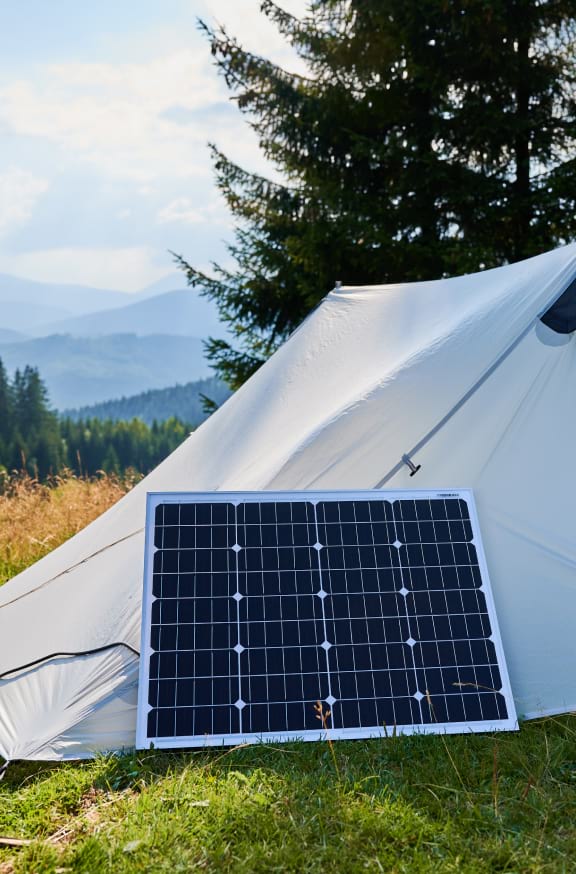

Project name:Designing Solar Battery Infrastructure for Mountain Resilience in Nepal
This project develops self-sufficient, resilient battery storage solutions for Nepal’s high-mountain regions, addressing local hazardscapes, energy needs, and post-disaster recovery.
By deploying second-life lithium-ion batteries, it lowers costs and promotes a circular economy. With extreme terrain and high disaster risks, sustainable energy storage is crucial for infrastructure resilience.
This research strengthens mountain electricity systems, ensuring reliable power access while enhancing disaster preparedness and long-term sustainability in vulnerable communities.
Nepal’s power sector
disrupted by floods
and landslides in Nepal
(2024)
Impact and Key Findings
1
By designing self-sufficient battery storage solutions, the project enhances energy resilience in Nepal’s high-mountain communities, ensuring reliable power access, supporting disaster recovery, and promoting sustainability in extreme terrains with limited infrastructure and harsh environmental conditions.
2
Reusing second-life lithium-ion batteries helps cut costs and reduces waste. It supports a circular economy by giving old batteries a new purpose. This approach lowers environmental impact and improves energy storage in a sustainable way.
3
The project enhances disaster recovery by delivering reliable, decentralized electricity to remote, hazard-prone areas. It ensures continuous power for essential services, improving resilience, emergency response, and sustainability in communities facing extreme environmental and infrastructural challenges.






